Oregon is an exhilarating destination, offering a tapestry of landscapes and experiences that captivate visitors. From the rugged, solitude-seeking adventures in Eastern Oregon’s soaring Wallowa Mountains and the mystical John Day Fossil Beds, to the vibrant cultural scenes in Southern Oregon’s Ashland and Jacksonville, there’s a world of discovery.
The Oregon Coast, with its 363 miles of public beaches, offers diverse experiences across its North, Central, and South regions, each with its own unique charm. Whether you’re an outdoor enthusiast, a food lover, or a culture and history buff, Oregon’s diverse regions provide a plethora of activities and attractions.
The state’s motto, “She flies with her own wings,” reflects the distinctiveness you’ll encounter. Despite its reputation for rain, Oregon’s weather varies greatly, offering everything from sunny days to snowy landscapes, making it a year-round destination for all.
Best Oregon National Parks and Sites
Crater Lake National Park

Crater Lake National Park
Crater Lake National Park is a place of awe-inspiring beauty and natural wonder. Formed 7,700 years ago from a collapsed volcano, it’s not only the deepest lake in the USA but also one of the most pristine. The stunning blue water against the backdrop of the Cascade Mountain Range makes it a photographer’s paradise.
When night falls, the park transforms into one of the best stargazing spots in America, thanks to its remote location and minimal light pollution. Visitors often enjoy clear views of the Milky Way and other celestial phenomena. Ranger-led stargazing programs add to the experience, offering deeper insights into the night sky.
Winter months bring a unique opportunity to witness the Northern Lights, with locations like the Sinnott Memorial Overlook and Rim Village Visitor Center providing excellent viewpoints. The historic Crater Lake Lodge offers a cozy retreat with its stone fireplace and large windows offering lake views.
For those who love nature walks, the Pinnacles Trail is a must-visit, showcasing volcanic ash-formed rock needles. Don’t miss the Phantom Ship Overlook for a glimpse of the uniquely shaped island resembling a ship’s hull. For a more relaxed experience, the Crater Lake Trolley offers narrated tours, giving visitors an enjoyable way to learn about the park’s history and natural beauty.
Nez Perce National Historical Park
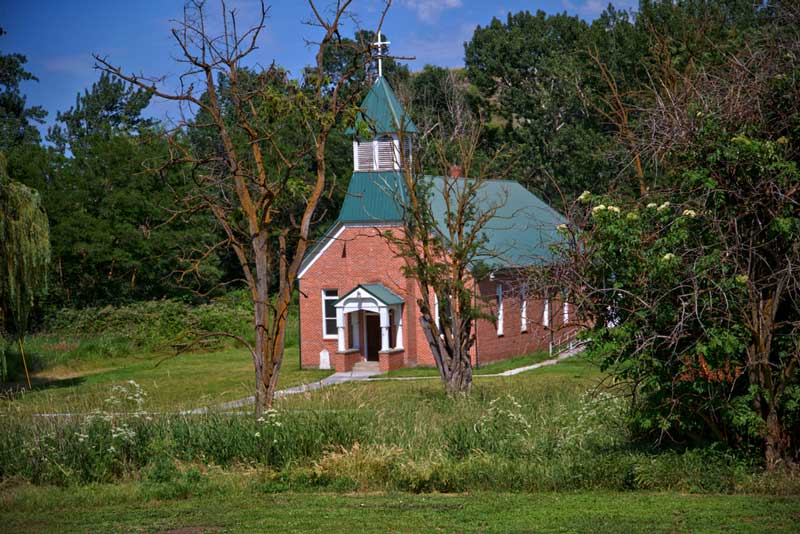
Nez Perce National Historical Park
Nez Perce National Historical Park is a testament to the rich history and culture of the Nez Perce (Nimiipuu) people. Spread across Idaho, Oregon, Washington, and Montana, this park encompasses a collection of sites significant to the Nez Perce tribe. Visitors can immerse themselves in the stories, traditions, and landscape that have been central to the Nez Perce for centuries.
Key attractions include the Bear Paw Battlefield in Montana, where the Nez Perce’s flight for freedom in 1877 came to a tragic end, and the Spalding site in Idaho, showcasing the tribe’s interaction with early Christian missionaries.
With visitor centers, interpretive trails, and cultural demonstrations, the park offers a profound journey through the history of the Nez Perce, their resilience, and their enduring connection to the land.
Lewis and Clark National Historic Park
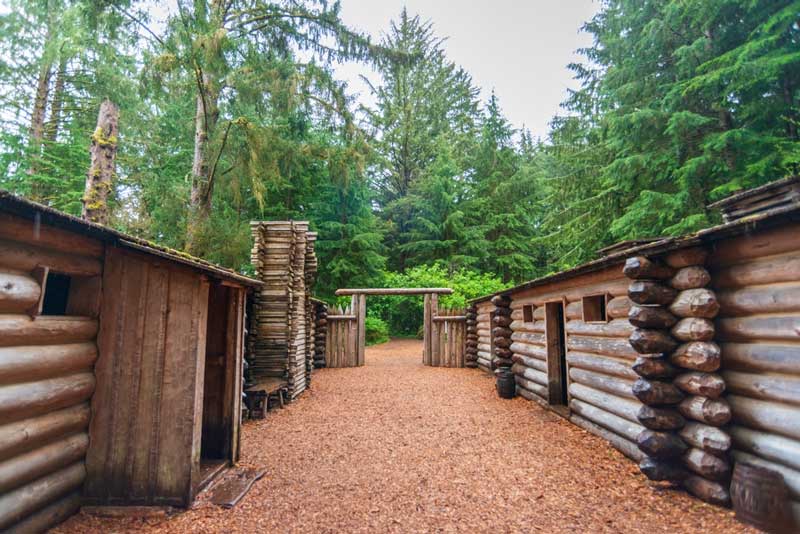
Lewis and Clark National Historic Park
Embark on a journey through history at the Lewis and Clark National Historic Park. This park, stretching across Oregon and Washington, offers a wealth of activities that bring to life the explorations of Lewis and Clark over 200 years ago.
Step into the shoes of these famous explorers at the Fort Clatsop replica, where you can experience their historical way of life. During peak seasons, rangers dressed in traditional buckskins demonstrate activities like flintlock gun shooting and candle making, offering a glimpse into the past. The park also boasts numerous trails, perfect for hiking enthusiasts who wish to trace the steps of the Corps of Discovery.
Don’t miss the opportunity to visit the Visitor Center, where you can delve deeper into the history with informative films and intriguing displays. For the young (and young at heart), becoming a Junior Ranger is a fun and educational experience. The park also regularly hosts free lectures and special events, enriching your visit with knowledge and entertainment
Ice Age Floods National Geologic Trail
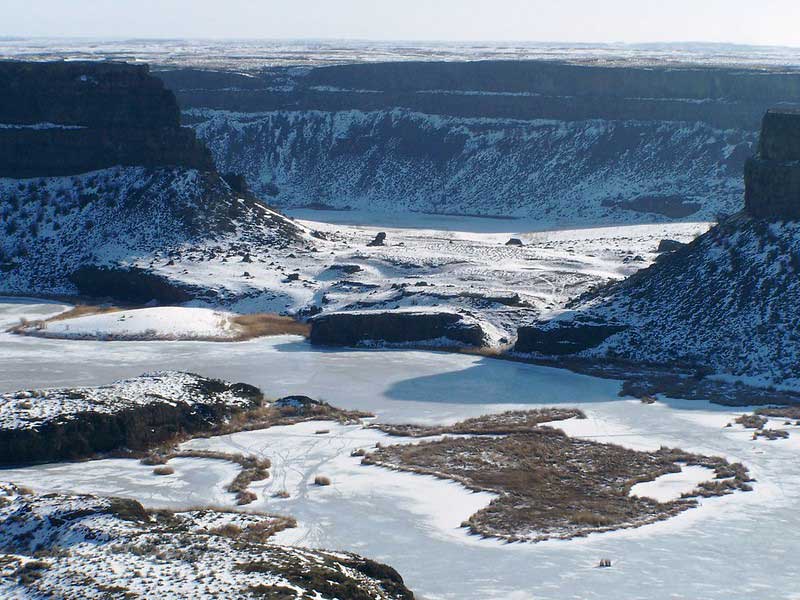
Ice Age Floods National Geologic Trail
The Ice Age Floods National Geologic Trail is a testament to the dramatic transformations of the Pacific Northwest landscape. Around 18,000 to 15,000 years ago, massive floods sculpted the land we see today. Originating from a breached ice dam in northern Idaho, these floods created Glacial Lake Missoula, covering an enormous area.
When the dam burst, it unleashed a wall of water that rushed across Washington and Oregon, dramatically shaping the region.
This trail invites you to explore geological marvels left by the floods, such as basalt coulees, enormous dry falls, and giant ripples. It’s not just a journey through beautiful landscapes but also a trip back in time, understanding how catastrophic events can shape our world.
Fort Vancouver National Historic Site
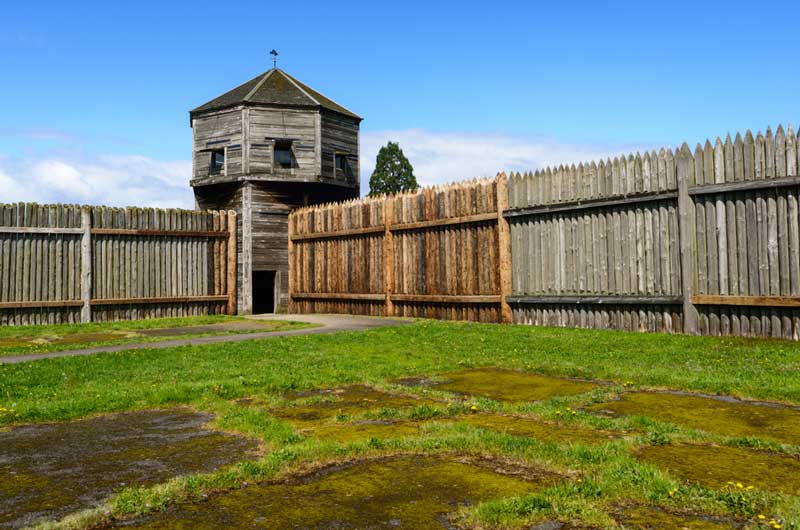
Fort Vancouver National Historic Site
Dive into the rich tapestry of the Pacific Northwest’s past at Fort Vancouver National Historic Site. Nestled on the north bank of the Columbia River, this site is a treasure trove of history, spanning from its days as a frontier fur trading post to its role in military history.
The magic of flight and the origins of the American Pacific Northwest come alive across four unique sites, each narrating stories of transition, settlement, conflict, and community.
At the heart of the site is the reconstructed Hudson’s Bay Company’s Fort Vancouver, offering a captivating glimpse into the fur trade era. Nearby, the U.S. Army’s Vancouver Barracks speaks of a powerful military legacy. For aviation enthusiasts, the Pearson Air Museum presents the history of flight with engaging exhibits. Don’t miss the McLoughlin House in Oregon City, adding another layer to this historical mosaic.
Whether you’re exploring outdoors or seeking indoor activities on a rainy day, Fort Vancouver offers a range of experiences. Interactive exhibits at the Visitor Center unite these diverse stories, making it a must-visit destination for understanding the region’s rich heritage.
California National Historic Trail
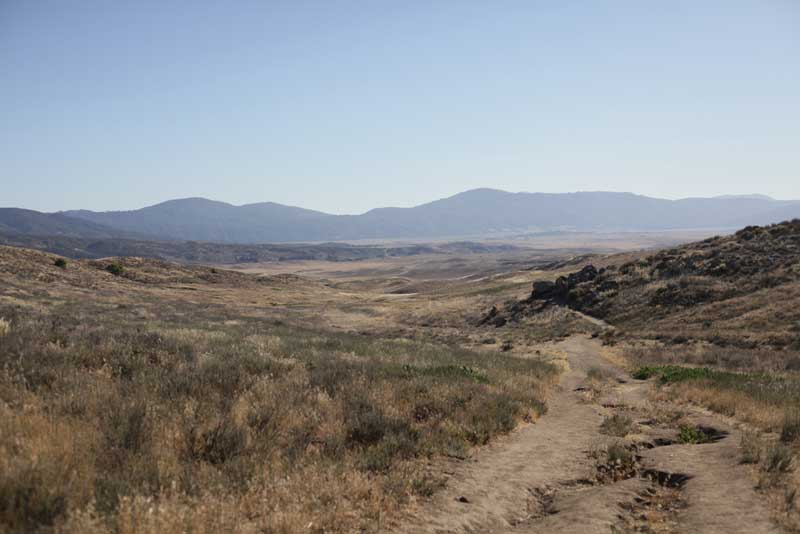
California National Historic Trail
The California National Historic Trail is an epic journey through American history, stretching over 5,000 miles across 10 states, including Oregon. This trail captures the essence of the 1840s and 1850s Gold Rush era, marking the largest mass migration in American history with over 250,000 emigrants heading to the golden state.
As you travel the trail, you can still see more than 1,000 miles of ruts and traces left by travelers and their wagons, vividly bringing history to life. The trail offers a diverse range of activities, allowing you to step into the past in various ways.
From museums and historic sites to original trail segments, each stop along the trail tells a unique story of the American dream and the pursuit of wealth and opportunity. Whether you’re interested in hiking, biking, horseback riding, or simply exploring historic locations, the California National Historic Trail provides a rich, immersive experience.
Oregon Caves National Monument & Preserve
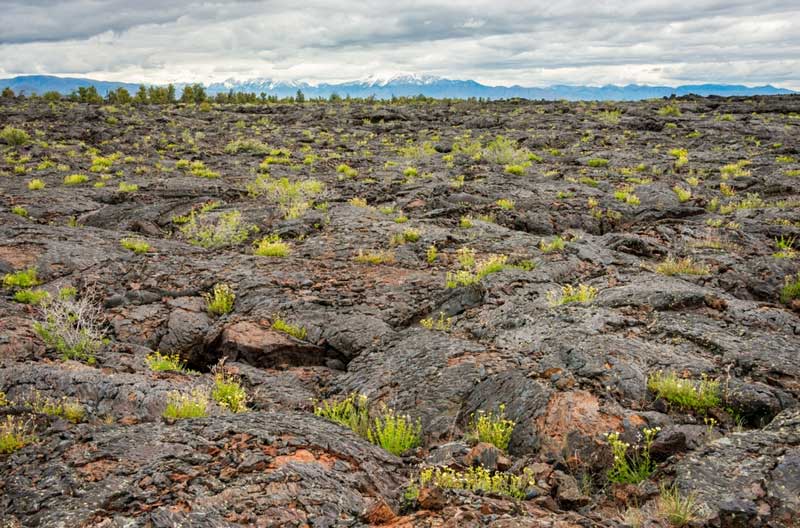
Oregon Caves National Monument & Preserve
Nestled in Southern Oregon’s Siskiyou Mountains, the Oregon Caves National Monument & Preserve offers a fascinating journey into an underground world of marble caves. Discovered in 1874 during an eventful bear chase, the caves have since been a source of wonder and exploration.
The main cave extends over 15,000 feet, showcasing a rare geology primarily made of marble. A highlight of this natural wonder is the River Styx, an underground segment of Cave Creek and the only subterranean river in the National Wild and Scenic Rivers System.
Visitors can embark on a ranger-guided tour to explore the caves, which are an ideal 44 degrees year-round. The tours, available from late March to early November, vary in length and complexity. Beyond the caves, the preserve features six hiking trails, including the Big Tree Trail leading to Oregon’s largest known Douglas fir.
The historic Chateau at the Oregon Caves, a National Historic Landmark, is another must-see, known for its rustic architecture and being the birthplace of the View-Master idea.
Oregon National Historic Trail
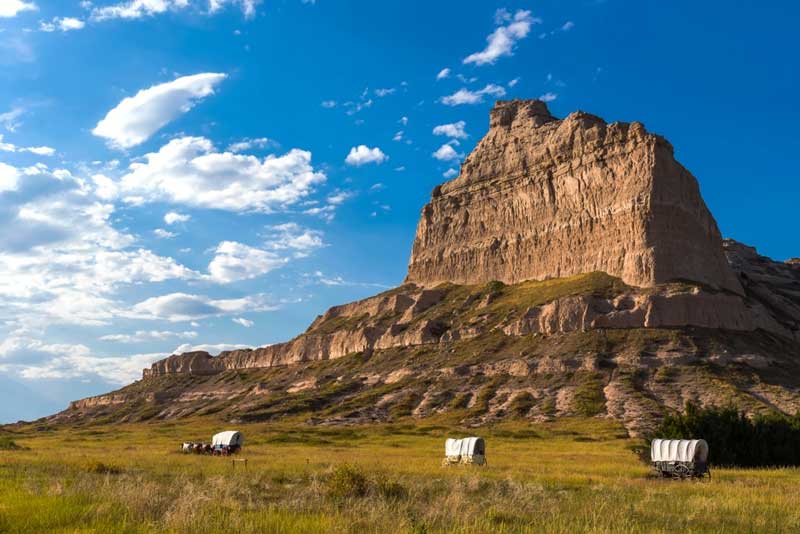
Oregon National Historic Trail
The Oregon National Historic Trail is a remarkable journey through history, spanning over 2,000 miles across six states. This trail isn’t just a path; it’s a portal to the past, highlighting the struggles and triumphs of early American settlers. Although not a traditional hiking trail, various segments are accessible for public enjoyment.
You can dive into the historical experience through auto-touring, visiting interpretive sites, hiking, biking, or horseback riding. The trail’s diverse activities cater to all interests, whether you’re seeking an outdoor adventure or a deep historical dive.
The End of the Oregon Trail Museum in Oregon City is a notable highlight, offering a comprehensive understanding of this monumental migration.
Lewis & Clark National Historic Trail
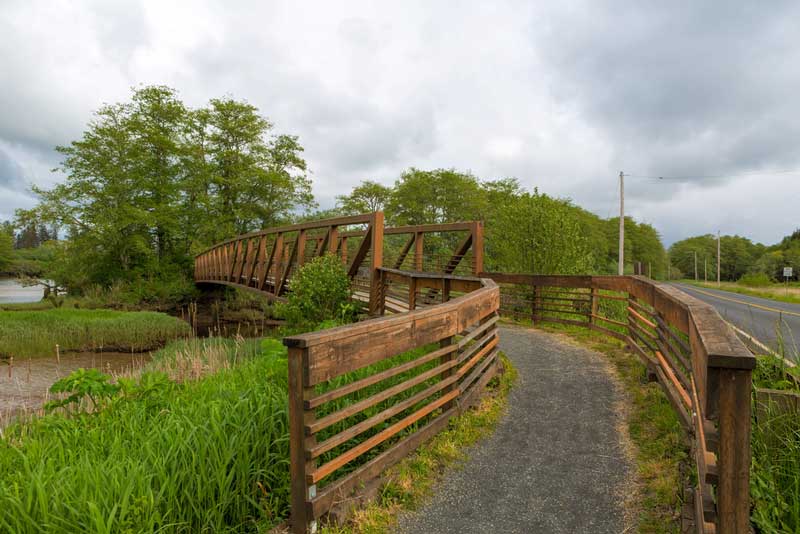
Lewis & Clark National Historic Trail
The Lewis & Clark National Historic Trail is a remarkable journey spanning nearly 4,900 miles across the United States, commemorating the historic Lewis and Clark Expedition of 1804-1806. This trail winds through 16 diverse states, from Pittsburgh, Pennsylvania, to the mouth of the Columbia River in Oregon.
It’s not just a pathway but a living museum that tells the complex story of the expedition and the more than 60 Tribal nations it encountered. Today, the trail offers a variety of experiences including hiking, boating, and horseback riding, allowing modern explorers to trace the steps of this pivotal journey in American history.
Managed by the National Park Service, this trail stands as the longest continuous trail in the National Scenic and National Historic Trails system.
John Day Fossil Beds National Monument
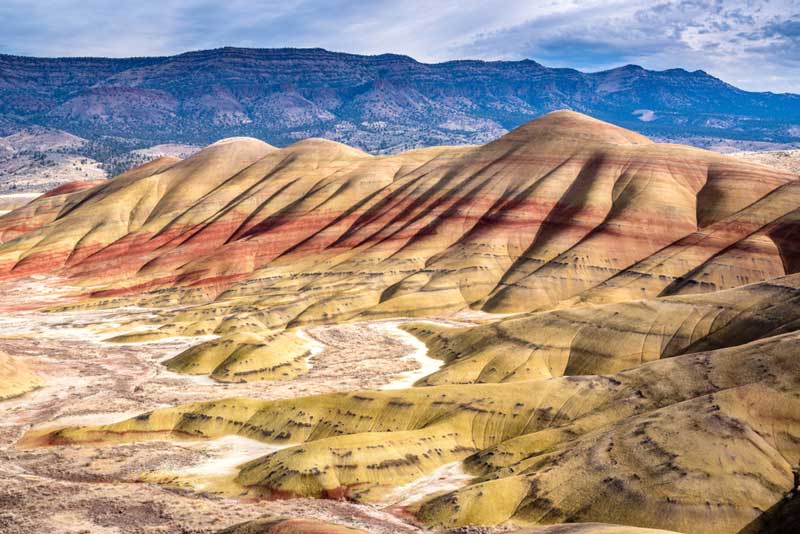
John Day Fossil Beds National Monument
At the John Day Fossil Beds National Monument, you can step back in time to explore the wonders of ancient life. This monument is a treasure trove of geological and paleontological discoveries, showcasing a vivid record of plant and animal evolution over the past 40 million years.
The landscape is divided into three units: the Painted Hills, Clarno, and Sheep Rock, each offering unique scenic views and fossil specimens. The Painted Hills are renowned for their stunning, colorful stratifications, while the Clarno Unit boasts dramatic palisades.
At the Sheep Rock Unit, you’ll find the Thomas Condon Paleontology Center, where you can delve into the history of the fossils found within the park. Hiking trails and scenic drives across the monument allow for immersive experiences, perfect for both nature enthusiasts and science buffs.
Final Thoughts
Oregon’s national parks and historic sites offer a unique blend of natural beauty, rich history, and cultural significance. From the lush landscapes and rugged coastlines to the trails that have borne witness to key moments in American history, these destinations provide more than just scenic views.
They serve as living museums, where visitors can immerse themselves in the stories and legacies that have shaped the region and the nation. Each location, with its distinct character and allure, invites exploration and reflection, making Oregon a must-visit destination.
